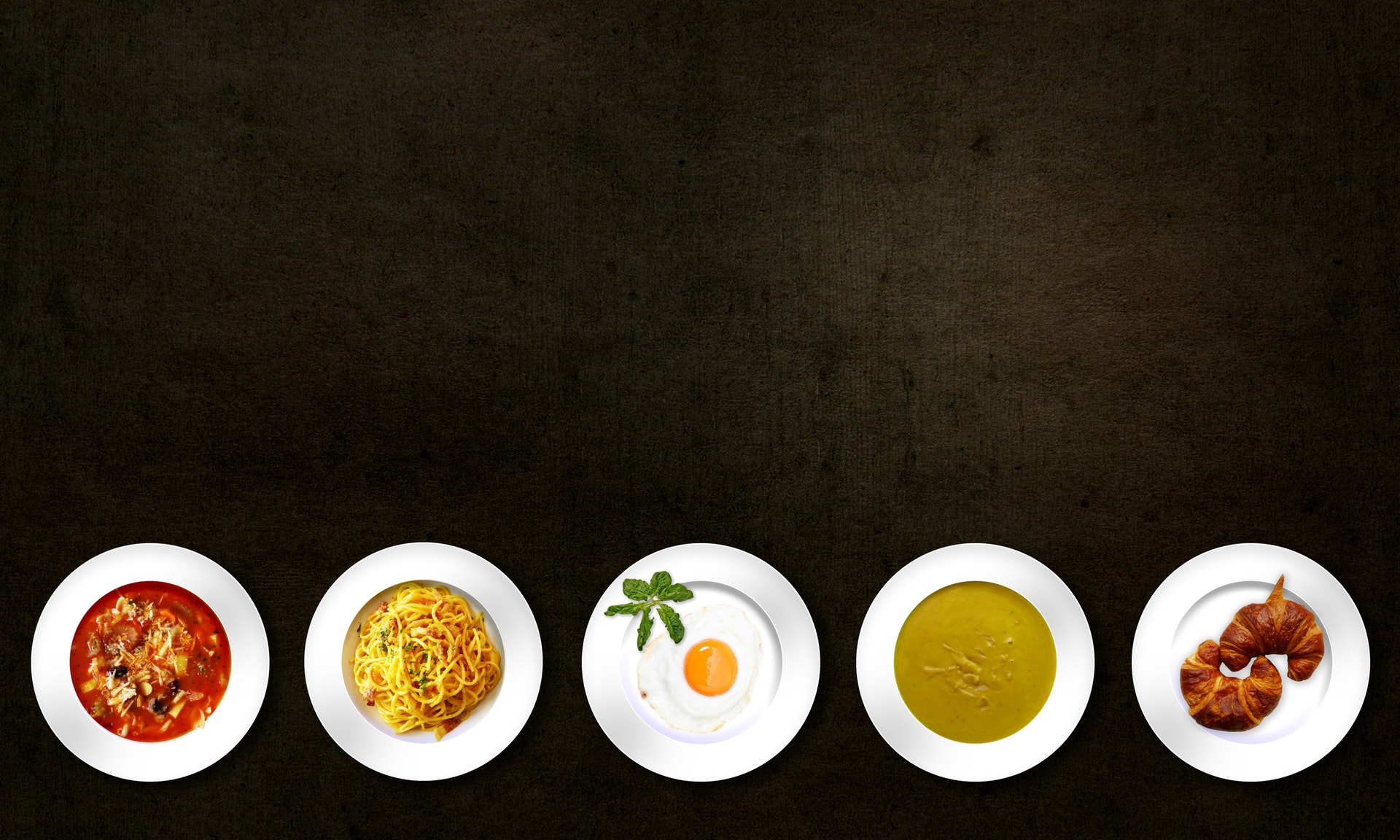The Psychology of Food Choice: Ditch the Idea of Good and Bad Foods

Recent research suggests decisions of self-control, such as food choice, are based on subjective values rather than the traditional “hot” vs “cold” dichotomy. Keep reading if you want to learn more about this study.
If you have ever tried to eat healthily, you know it isn’t always easy to choose the healthy option. We think of these kinds of decisions as a duality. We have two choices – one good and one bad. One will lead to a positive outcome, and the other will lead to a negative outcome. It’s why the idea of an angel and the devil on your shoulder is such a popular cliche. Recent research suggests decisions of self-control, such as food choice, are much more complex.
Food Choice is a Matter of Self-Control
When it comes to self-control, traditional thought sees it as a choice between impulse and deliberation. The ‘hot’ choice is impulsive, while the ‘cold’ choice is calculated. Let’s look at this in the context of food choice. Say you brought a salad to work, but your coworkers are ordering Chinese takeout for lunch. Eating your salad is the ‘cold’ choice. You planned this lunch in advance. Ordering takeout is the ‘hot’ choice because it’s fueled by impulse.
The research above, which was conducted by Dr. Elliot Berkman of the University of Oregon, suggests decisions of self-control are actually value-based.
Understanding Value-Based Food Choice
We really make our food choices based on our subjective values. The only real way to eat healthily is if you value the idea of living a healthier lifestyle enough to make the necessary changes.
There really is no such thing as ‘good’ or ‘bad’ foods. The more important factor is how much of said food you consume. This is called the law of diminishing marginal utility. It states that the value of something diminishes each time it’s used. Any food can be ‘good’, but certain foods can only be consumed in limited amounts. Remember this fact and you’ll have no problem eating healthy.